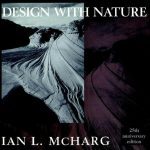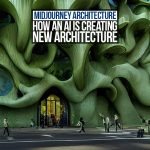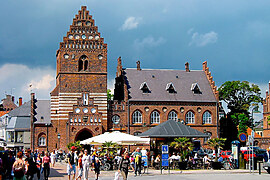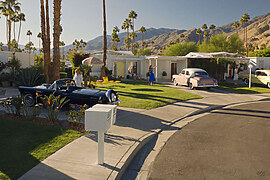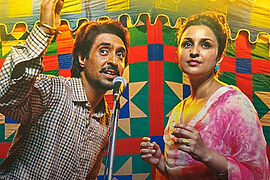“It is my investigation into a design with nature: the place of nature in man’s world, my search for a way of looking and a way of doing- a simple plan for man in nature,” Ian McHarg, a landscape architect, planner, writer, lecturer and a hardcore teacher, says at the outset, about his revolutionary work ‘Design with nature’. A book that synthesizes his ecological wisdom while elaborating the story of the practicable landscape design that can wisely accommodate the building gestures of humans within nature, without dramatic destruction.
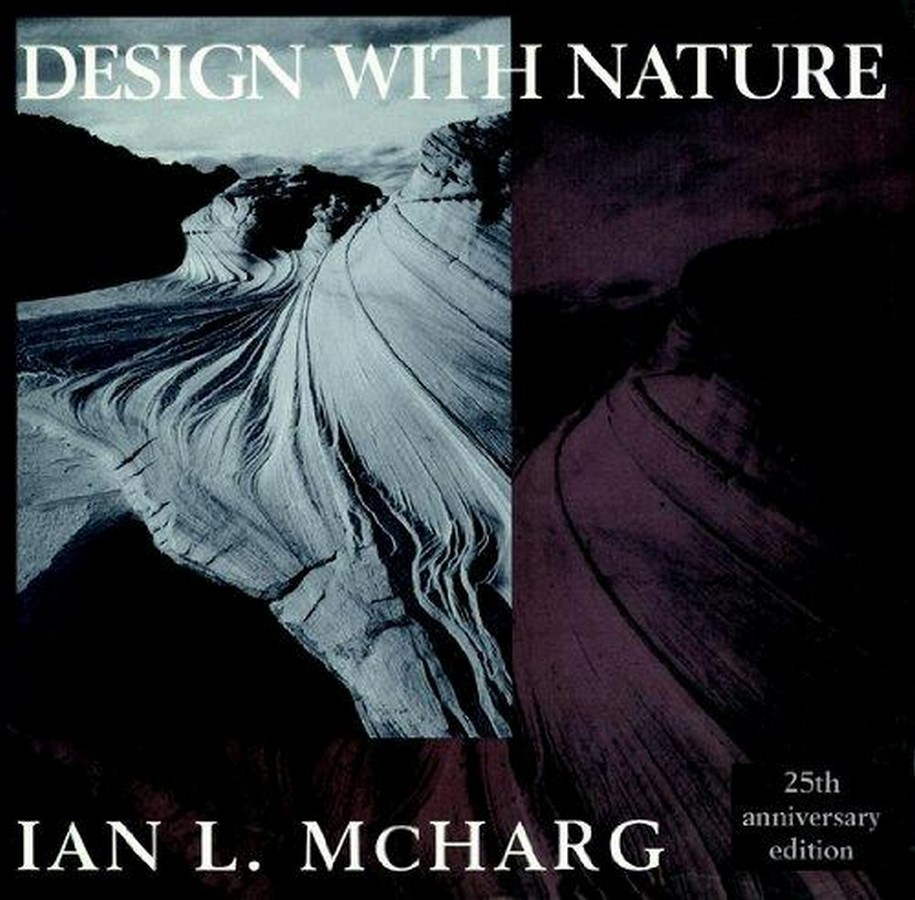
Being a native of the gritty, industrial Scottish city of Glasgow, McHarg could always sense the vivid contrast in the city and the countryside, which he has explicitly discussed in this book. A thorough exploration of the varied aspects of the intricately woven urban fabric with a responsive consideration of natural parameters which would help to walk towards the creation of a sensible design approach to accommodate man within nature compels the reader to rigorously rethink the conventional self-obsessed concepts of human development.
A glance at the milieu of his urge to author this publication makes it noticeable that the aftermath of world war two had a major aspect that reflects accelerated urbanization in America around the nineteen fifties. Ventures like the interstate highway system began proliferating their tentacles around the ever-expanding swaths of nascent America. The process was very much focused on cost-effectiveness and efficiency building, which unfortunately ignored the ill impressions being cast of the same on natural settings. Human requirements were being addressed in isolation from nature. A complete absence of analytical methods to quantify and set out the natural parameters could be seen as a major reason for the incomprehensive addressal of the deterioration of the environment due to human interventions.
A graduate of Landscape design and urban planning from the Harvard University of Massachusetts and further the most influential person associated with the environmental movement, McHarg, in 1969, in this book, narrated the need for urban planners to take into account an environmentally conscious approach to land use and provided a new method for evaluation and implementation of the same. Highlighting the indiscreet activities of building over the farmlands, cutting forests, and eventually designing the forms while ignoring nature’s morphologies, he puts forth comprehensible recommendations to reverse the destructive process of development. It defined a path for budding designers that leads to the multilayered analysis of the land as a fundamental element of design in terms of its usage, which can help achieve a sensible solution.
Through every narrative unit of the book, McHarg strives to convey the inherent relation of man with his surroundings and with the natural settings of course. His experiences and ideologies are portrayed as a self-narrated story, which makes it a fluent journey, that keeps the reader roaming with him in a thoughtful world celebrating an environmentally sensible approach to development. Represented through a metaphor of oppositely directed two roads, in the very first chapter of the book, he emphasizes the positives of both countryside and a city as well as the necessity to address them as complementing entities. Alterations in the seashore habitats affecting the plant growth of the area leading to a major ecological threat in different parts of the globe are elaborately discussed in ‘Sea and survival’. While admiring the role of dune grass in keeping the low-lying land within, intact of the sea, in the case of The Netherlands, he underlines unconsciousness about such species’ importance on various shorelines in the world. MacHarg elaborates on the historical trends in addressing the natural landforms in different phases of development in the world in ‘On values’. Varied cultural attitudes confined to various regions in the world during respective eras are discussed here. While talking about the intricacy of the metropolitan region, a chapter explains the multilayered analysis of natural parameters and human interventions.
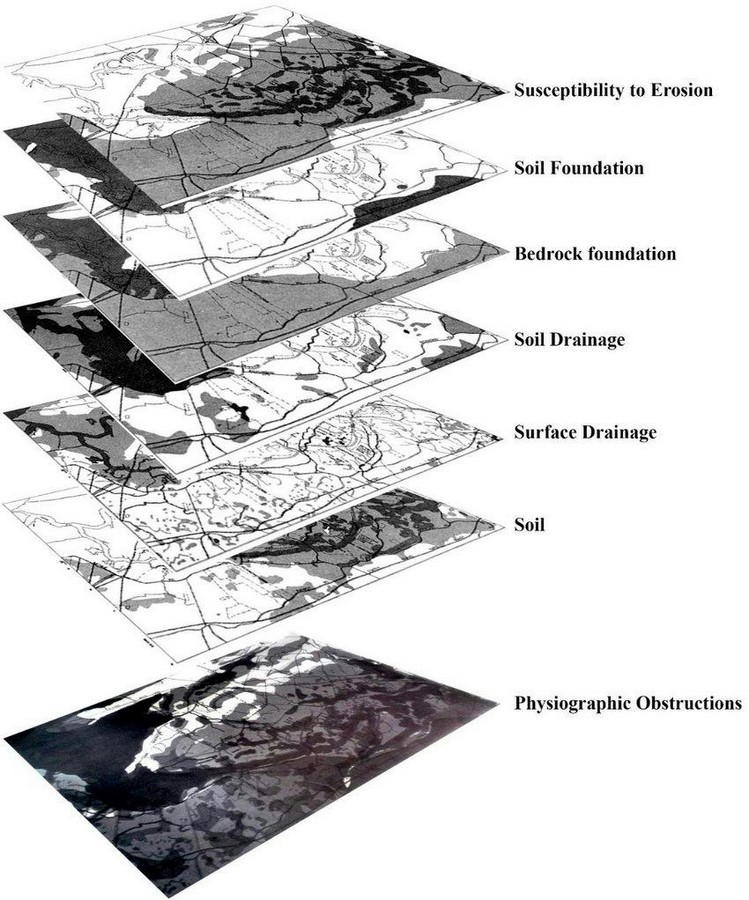
MacHarg, in the whole narration addressing various intricacies of nature, through all the chapters, does not speak about saving the environment but puts forth a way to be in total harmony with it, which eventually vanishes the need to save it. It talks about coexistence, an interdependence of man and nature that is essentially needed for the survival of both. The methodological approach involving overlaying the data, and multilayered mapping of the site unravels the intrinsic characters of the interwoven factors of natural settings leading to a more sensible human intervention.
In the modern world where digital tools like GIS and many such can readily provide geographically referenced information within seconds, the McHargian ways of defining environmentally sensitive ideologies provide the ready instrumentation for creation of a better tomorrow for us, humans!
“In the quest for survival, success and fulfillment, the ecological view offers an invaluable insight. It shows the way for the man who would be the enzyme of the biosphere- its steward, enhancing the creative fit of man-environment, realizing man’s design with nature.” (McHarg, 1969).
A statement that actually concludes the amazing narrative that leaves the reader with an experience of stepping onto an insightful way forward!
References:
McHarg, I., 1969. Design with Nature.








